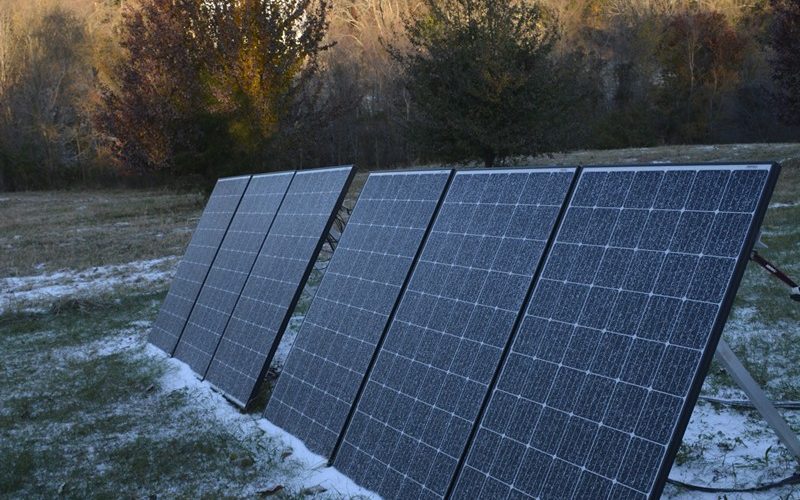AMANDA BANCROFT
Making Ripples
The winter solstice was Dec. 22, so we are now past the shortest day of the year, and the light is returning with incrementally increasing days. We’re “over the hump,” so to speak, and the nights will now be shorter than before. For most people, shorter days are more or less a depressing inconvenience — they wish it would stay lighter outside after work or school. Some people are burdened by the increasing darkness, unable to drive at night and thus missing out on social events unless they get a ride. And then there are off-gridders, naturalists and others in various minority groups who experience the solstice quite differently.
Naturalists, such as astronomers or owl enthusiasts, see this time of year as an opportunity. It’s the best time to hear great horned owls and barred owls calling to their mates, and birders can get really excited. Some even glimpse fuzzy nestlings as winter turns into spring.
Stargazers have a great view of the sky on clear nights, because winter is a better time to see the stars. There are fewer particles in the atmosphere than during summer, so it’s a dazzling time to learn constellations. Arriving home late at night can be breathtaking.
It’s a cold time of year to be off-grid and reliant on yourself for maintaining a home’s energy and water with solar panels. Northwest Arkansas isn’t as bad as Alaska, though, where winter means darkness for two months in the northernmost areas (and better Aurora Borealis shows). Our Arkansas off-grid winter experiences vary from lounging in the sun in a tank top and hiking in T-shirts one day, to trying to thaw the frozen water pipes or waiting a whole week to shower because there hasn’t been enough sun to run the hot water heater.
On sunny days, we are ready to go with several items on our to-do lists. Appliances need charged, food gets cooked in the sun oven, and of course, it’s shower time! We keep all the blinds raised for passive solar heating. The sun can increase indoor temperatures up into the 70s. Free heat! The sun affects what time I work, too. If it’s too bright to see the computer screen, I just go outside for a walk or chores. The sun oven is a replacement “microwave” for slowly reheating leftovers for lunch and snacks, not just a slow cooker for dinner.
Cloudy days are predictably challenging. Sponge baths are popular, as is eating shelf-stable food and snacks. Water for tea is heated just once in the morning, stored in a large thermos, and dispensed throughout the day. During very cold, cloudy weeks, we fall back to relying on fossil fuels — propane to run a portable camping heater, and gasoline to power our generator long enough to save the batteries from doom. However, we always strive not to use them and make plans to expand and improve our systems (a slow and expensive process).
The arrival of the winter solstice means that we’ll be able to generate more electricity with increasingly longer days, and we have made it past the most challenging day of the year. While it may seem strange in our modern world to base our behavior on things like the length of a day or amount of sunlight, it’s as natural as night and day.
Amanda Bancroft is a writer, artist, and naturalist living in an off-grid tiny house on Kessler Mountain. She and her husband Ryan blog about their adventures and offer tips to those wanting to make a difference at www.RipplesBlog.org.










